Home>Articles>How Long Does It Take To Charge A Ryobi 40V Battery
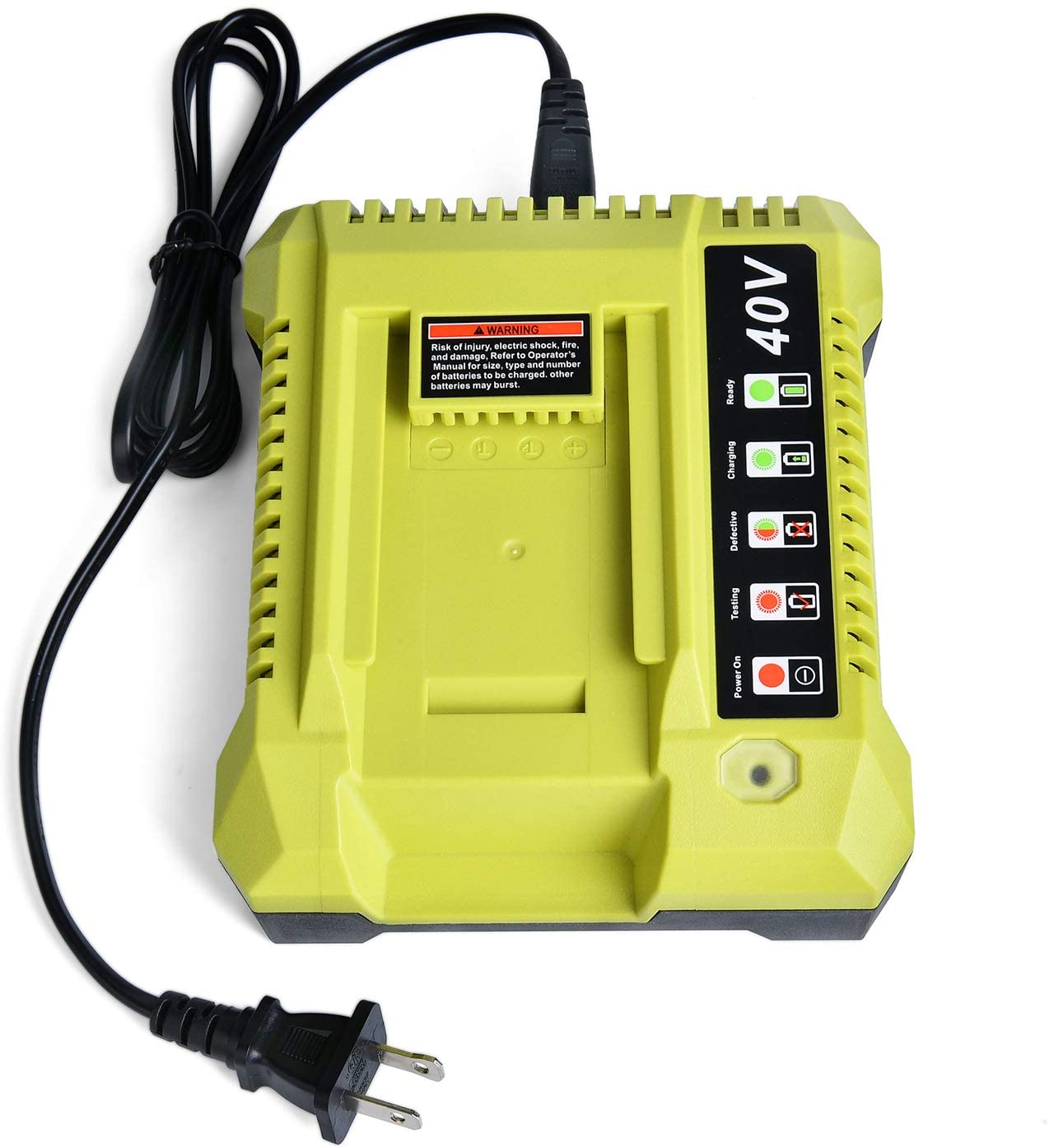

Articles
How Long Does It Take To Charge A Ryobi 40V Battery
Modified: May 6, 2024
Find out the charging time for Ryobi 40V batteries in this informative article. Learn how long it takes to charge and maximize your battery's performance.
(Many of the links in this article redirect to a specific reviewed product. Your purchase of these products through affiliate links helps to generate commission for Storables.com, at no extra cost. Learn more)
Introduction
Ryobi 40V batteries are a popular choice for powering outdoor power tools such as lawnmowers, leaf blowers, and chainsaws. These lithium-ion batteries provide a convenient and eco-friendly alternative to traditional gas-powered equipment. One common question that arises for Ryobi 40V battery owners is how long it takes to charge these batteries.
In this article, we will explore the factors that affect the charging time of Ryobi 40V batteries and provide some tips to efficiently charge them. Whether you’re a professional landscaper or a DIY enthusiast, understanding the charging process can help you plan your work effectively and ensure that your batteries are always ready to go.
So, let’s delve into the world of Ryobi 40V batteries and uncover the secrets behind their charging time.
Key Takeaways:
- Efficiently charge your Ryobi 40V batteries by following manufacturer guidelines, storing them properly, and using the appropriate charger. This ensures optimal performance and prolongs battery lifespan.
- Consider factors like battery capacity, charger type, and state of charge to estimate charging time. Using rapid chargers sparingly and maintaining a charging routine will keep your Ryobi 40V batteries ready for any outdoor task.
Read more: How Long Does A 40V Ryobi Battery Last
Understanding Ryobi 40V Batteries
Ryobi 40V batteries are part of Ryobi’s line of lithium-ion rechargeable batteries. These batteries are specifically designed and engineered to power a range of outdoor power equipment, providing users with a reliable and convenient alternative to traditional gas-powered tools.
Unlike conventional lead-acid batteries, which are bulky and heavy, Ryobi 40V batteries are lightweight and compact, making them ideal for use in handheld power tools. Additionally, lithium-ion technology offers several advantages over other battery types, including a longer lifespan, faster charging times, and reduced self-discharge rates.
Ryobi 40V batteries come in different capacities, indicated by the ampere-hour (Ah) rating. The higher the Ah rating, the longer the battery will be able to deliver a charge before needing to be recharged. Higher capacity batteries are generally recommended for tools that require more power, such as lawnmowers or chainsaws, while lower capacity batteries are suitable for lighter-duty tools like string trimmers or leaf blowers.
It’s important to note that Ryobi 40V batteries are not interchangeable with other voltage systems, such as their 18V or 36V counterparts. Each voltage system has its own line of compatible batteries and chargers, so it’s crucial to use the correct battery for your specific tool to ensure compatibility and optimal performance.
Ryobi offers a range of charging options for their 40V batteries, including standard chargers and rapid chargers. Standard chargers typically take longer to recharge the battery fully, while rapid chargers provide a quicker charging time but may compromise the overall lifespan of the battery. It’s important to follow the manufacturer’s recommendations when selecting a charger to ensure compatibility and optimal performance.
Now that we have a basic understanding of Ryobi 40V batteries, let’s explore the factors that can affect their charging time.
Factors Affecting Charging Time
The charging time of Ryobi 40V batteries can vary depending on several factors. Understanding these factors can help you better plan your charging process and optimize the battery’s performance. Here are some key factors that can affect the charging time:
- Battery Capacity: The capacity of the battery, measured in ampere-hours (Ah), plays a significant role in determining the charging time. High-capacity batteries will require a longer charging time compared to lower-capacity ones. For example, a 4Ah Ryobi 40V battery will take longer to charge than a 2Ah battery.
- Charger Type: The type of charger you use can also affect the charging time. Ryobi offers both standard chargers and rapid chargers for their 40V batteries. Standard chargers typically take several hours to fully charge the battery, while rapid chargers can significantly reduce the charging time. However, rapid charging may impact the overall lifespan of the battery.
- State of Charge: The current state of charge of the battery can influence the charging time. If the battery is completely discharged, it will take longer to charge compared to a partially discharged battery. It’s recommended to avoid completely draining the battery to maximize its overall lifespan.
- Temperature: Temperature can impact the charging time of Ryobi 40V batteries. Charging in extreme temperatures, whether too hot or too cold, can potentially reduce the efficiency and overall performance of the battery. It’s advisable to charge the battery in a temperature-controlled environment for optimal charging results.
- Parallel Charging: Ryobi batteries have the capability to be charged in parallel using a dual-port charger. This means that you can charge two batteries simultaneously, reducing the overall charging time. However, it’s important to ensure that both batteries are of the same capacity and compatible with parallel charging.
- Age and Health of Battery: The age and health of the battery can also impact the charging time. Over time, batteries may experience a decrease in performance, resulting in longer charging times. Regular maintenance, such as ensuring proper storage and periodic full discharges, can help extend the lifespan of the battery and maintain optimal charging times.
Understanding these factors will assist you in estimating the charging time required for your Ryobi 40V batteries. In the next section, we’ll discuss the typical charging time for these batteries.
When charging a Ryobi 40V battery, it typically takes around 90 minutes to fully charge. Make sure to use the appropriate charger and follow the manufacturer’s instructions for best results.
Charging Time for Ryobi 40V Batteries
The charging time for Ryobi 40V batteries can vary depending on factors such as battery capacity, charger type, and the current state of charge. While there is no fixed duration for charging these batteries, we can provide a general guideline based on common scenarios.
Standard chargers provided by Ryobi typically take around 4 to 6 hours to fully charge a completely depleted 4Ah Ryobi 40V battery. This charging time can vary slightly depending on the specific model of the charger and the battery itself. It’s important to consult the user manual or product specifications for the recommended charging time for your particular battery and charger.
Rapid chargers, on the other hand, significantly reduce the charging time for Ryobi 40V batteries. These chargers can typically charge a 4Ah battery to 100% capacity in approximately 2 hours. However, it’s worth noting that rapid charging may decrease the overall lifespan of the battery over time. It’s generally recommended to use rapid charging sparingly and opt for standard charging whenever possible to maintain the longevity of the battery.
If you’re charging a partially discharged battery, the charging time will be shorter. For example, if you have a 2Ah Ryobi 40V battery that is half-charged, it may take around 2 to 3 hours to reach full capacity using a standard charger.
It’s important to monitor the charging process and ensure that the battery is not overcharged. Overcharging can lead to reduced battery performance and may even pose safety risks. Most Ryobi chargers are designed with protective mechanisms to prevent overcharging, but it’s still advisable to disconnect the charger once the battery reaches full capacity.
For added convenience and efficiency, you may also consider investing in a dual-port charger. This allows you to charge two batteries simultaneously, reducing the overall charging time. However, keep in mind that the charging time may still vary based on the specific conditions and the batteries being charged in parallel.
Remember, the charging time provided here is a general estimate, and it’s always best to refer to the manufacturer’s guidelines for your specific battery and charger. By following the recommended charging practices, you can ensure the longevity and optimal performance of your Ryobi 40V batteries.
Now that we’ve explored the charging time, let’s discuss some tips for efficiently charging your Ryobi 40V batteries.
Tips for Efficiently Charging Ryobi 40V Batteries
To optimize the charging process and ensure the longevity of your Ryobi 40V batteries, here are some useful tips to keep in mind:
- Follow the manufacturer’s guidelines: It’s essential to read and follow the instructions provided by Ryobi regarding charging procedures, recommended chargers, and compatible batteries. This will help you avoid any potential issues and maximize the lifespan of your batteries.
- Store batteries properly: When not in use, store your Ryobi 40V batteries in a cool and dry place. Avoid storing them in extreme temperatures or humid environments, as these conditions can impact performance and overall battery health.
- Avoid overcharging: While Ryobi chargers are designed with safety mechanisms to prevent overcharging, it’s still advisable to disconnect the charger once the battery reaches full capacity. Overcharging can reduce the lifespan of the battery and compromise its overall performance.
- Charge in a temperature-controlled environment: Extreme temperatures, whether too hot or too cold, can affect the charging efficiency and performance of your Ryobi 40V batteries. Whenever possible, charge the batteries in a temperature-controlled environment to ensure optimal results.
- Use the appropriate charger: Ensure that you are using the correct charger for your battery. Using an incompatible charger can lead to unreliable charging results and may even damage the battery.
- Consider using a rapid charger sparingly: While rapid chargers can significantly reduce the charging time, using them too frequently can impact the overall lifespan of the battery. It’s best to use rapid charging sparingly and opt for standard charging whenever possible.
- Monitor the charging process: Keep an eye on the charging progress to ensure that the battery is charging properly. If you notice any issues or abnormalities, such as excessive heat or a prolonged charging time, contact Ryobi’s customer support for assistance.
- Regularly inspect the battery: Periodically check the battery for any signs of damage or wear. If you notice any leaks, cracks, or other abnormalities, refrain from using the battery and contact Ryobi for further guidance.
- Maintain a charging routine: Establish a regular charging routine, especially if you use your Ryobi 40V batteries frequently. This will ensure that your batteries are always ready to go when you need them, without the risk of running out of power in the middle of a task.
Following these tips will help you effectively charge and maintain your Ryobi 40V batteries, ensuring their optimal performance and longevity. Remember, taking good care of your batteries will not only save you time and money in the long run but also contribute to a greener and more sustainable approach to outdoor power equipment.
Now that you’re equipped with these tips, you can charge your Ryobi 40V batteries efficiently and enjoy uninterrupted power for all your outdoor tasks.
Conclusion
In conclusion, understanding the charging time and best practices for Ryobi 40V batteries can greatly enhance your overall experience with these powerful and versatile batteries. By taking into account factors such as battery capacity, charger type, and the current state of charge, you can estimate the charging time and plan your work accordingly.
Remember to always follow the manufacturer’s guidelines for charging procedures and use compatible chargers and batteries. Storing your batteries properly in a cool and dry place, avoiding overcharging, and charging in a temperature-controlled environment will help maintain the batteries’ performance and prolong their lifespan.
Consider using a rapid charger sparingly and monitor the charging process to ensure that everything is functioning as it should. Additionally, conducting regular inspections of the battery and establishing a charging routine will ensure that your Ryobi 40V batteries are always ready to tackle any outdoor task.
Efficiently charging your Ryobi 40V batteries not only maximizes their performance but also contributes to a more sustainable approach to outdoor power equipment. By choosing lithium-ion batteries over traditional gas-powered tools, you’re reducing emissions and promoting a greener environment.
So, whether you’re a professional landscaper or a DIY enthusiast, taking the time to understand and optimize the charging process for your Ryobi 40V batteries will undoubtedly enhance your productivity and ensure that you’re getting the most out of your power tools.
Now that you’re armed with the knowledge and tips provided in this article, go ahead and charge your Ryobi 40V batteries efficiently, and enjoy the convenience and power they offer for all your outdoor tasks.
Now that you know all about charging Ryobi 40V batteries, why not broaden your tool knowledge even further? Dive into our next guide where we weigh in on various brands and functions to determine which power tools reign supreme. Whether you're a seasoned craftsman or just starting out, choosing the right tools can make all the difference in your projects.
Frequently Asked Questions about How Long Does It Take To Charge A Ryobi 40V Battery
Was this page helpful?
At Storables.com, we guarantee accurate and reliable information. Our content, validated by Expert Board Contributors, is crafted following stringent Editorial Policies. We're committed to providing you with well-researched, expert-backed insights for all your informational needs.
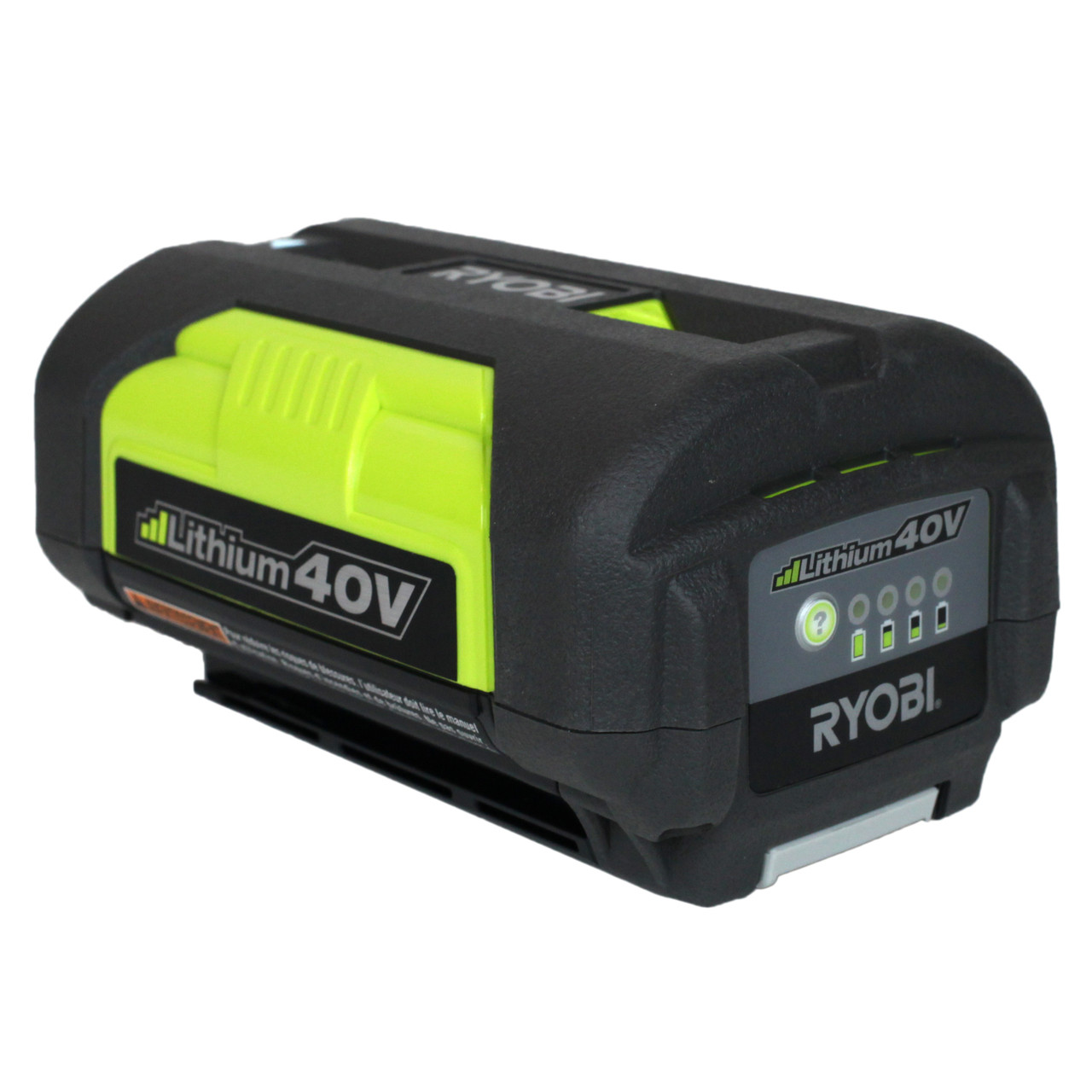

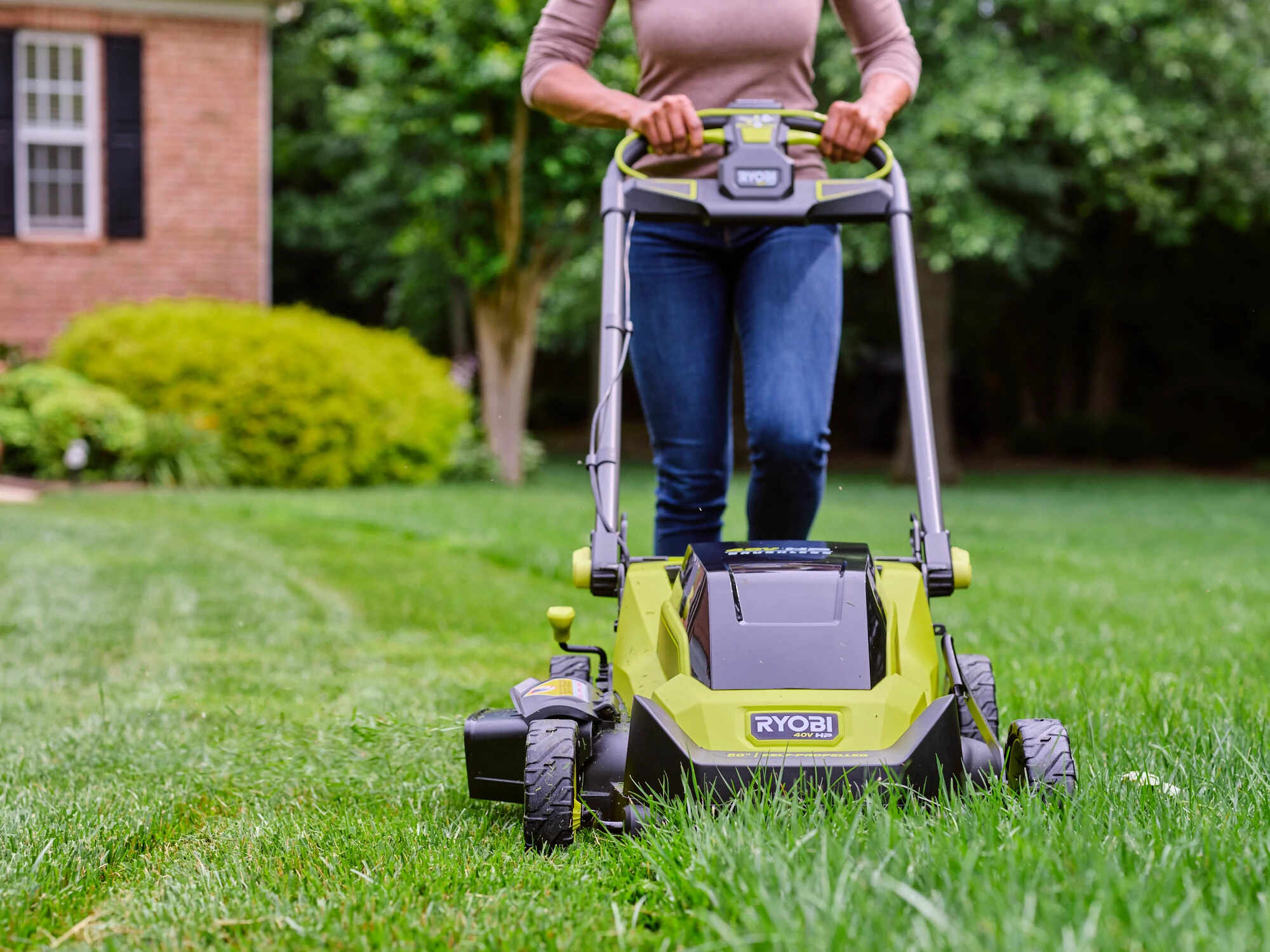
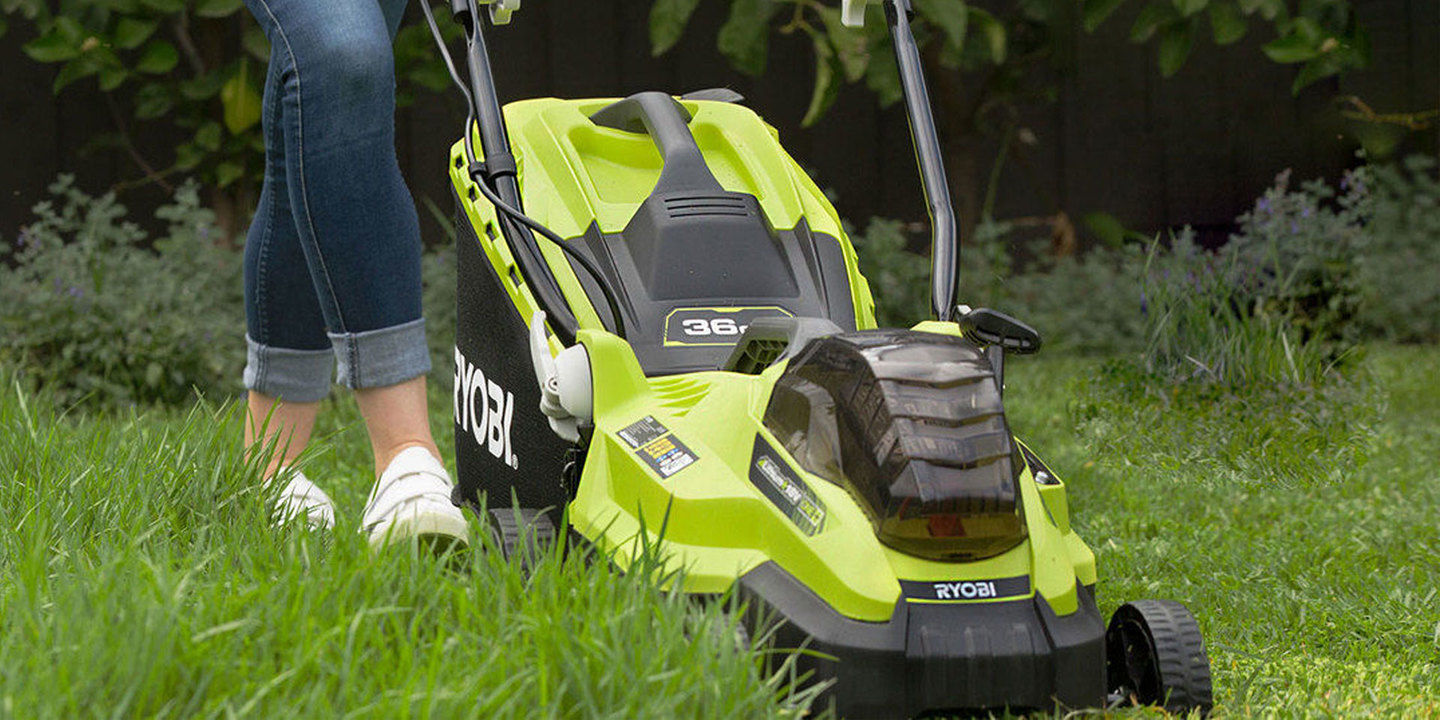
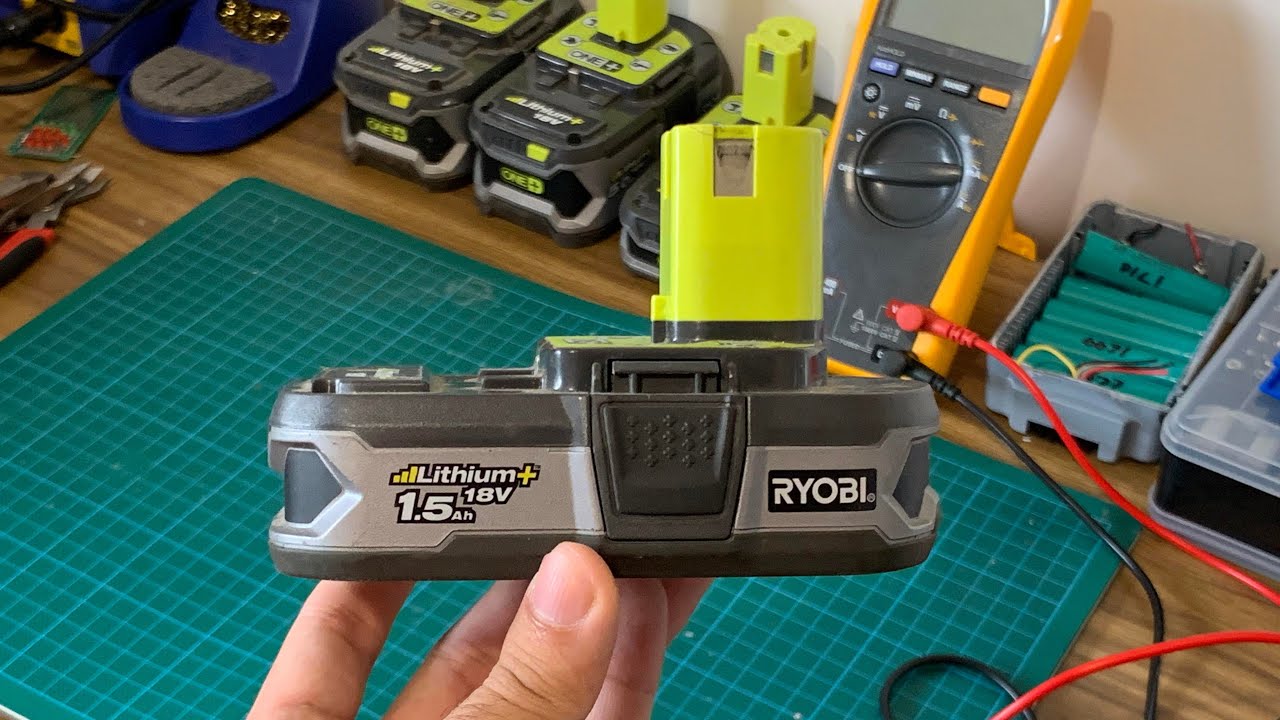
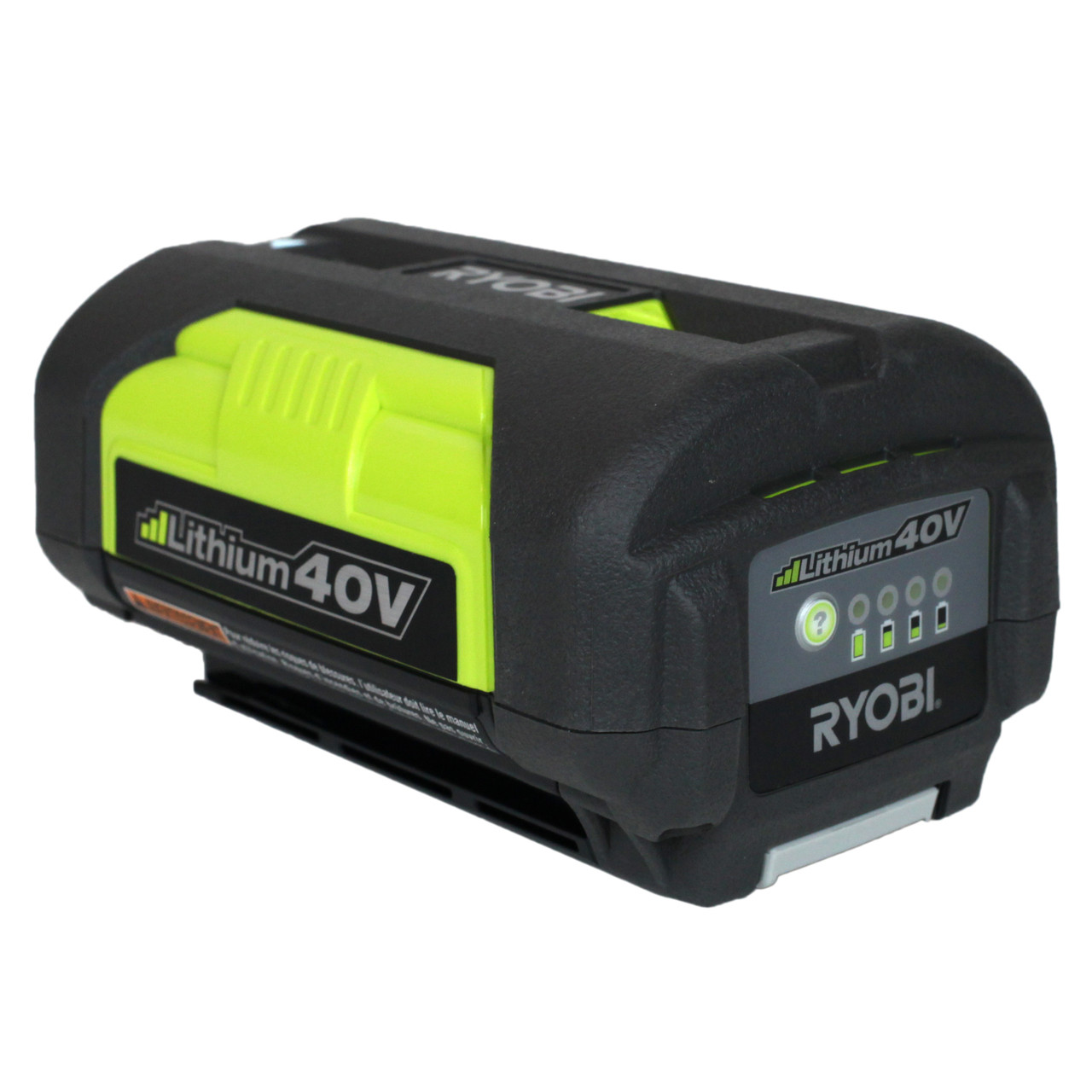
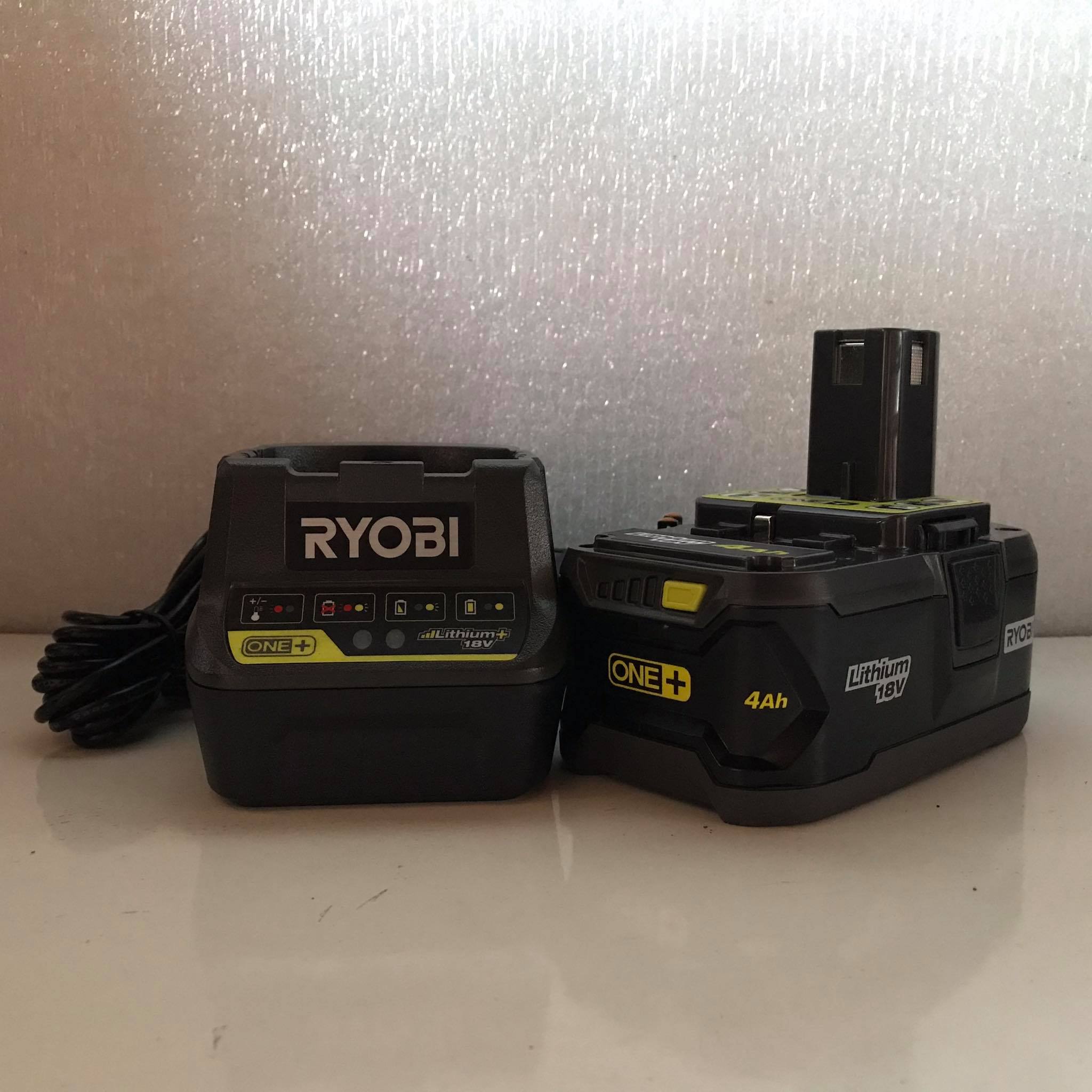
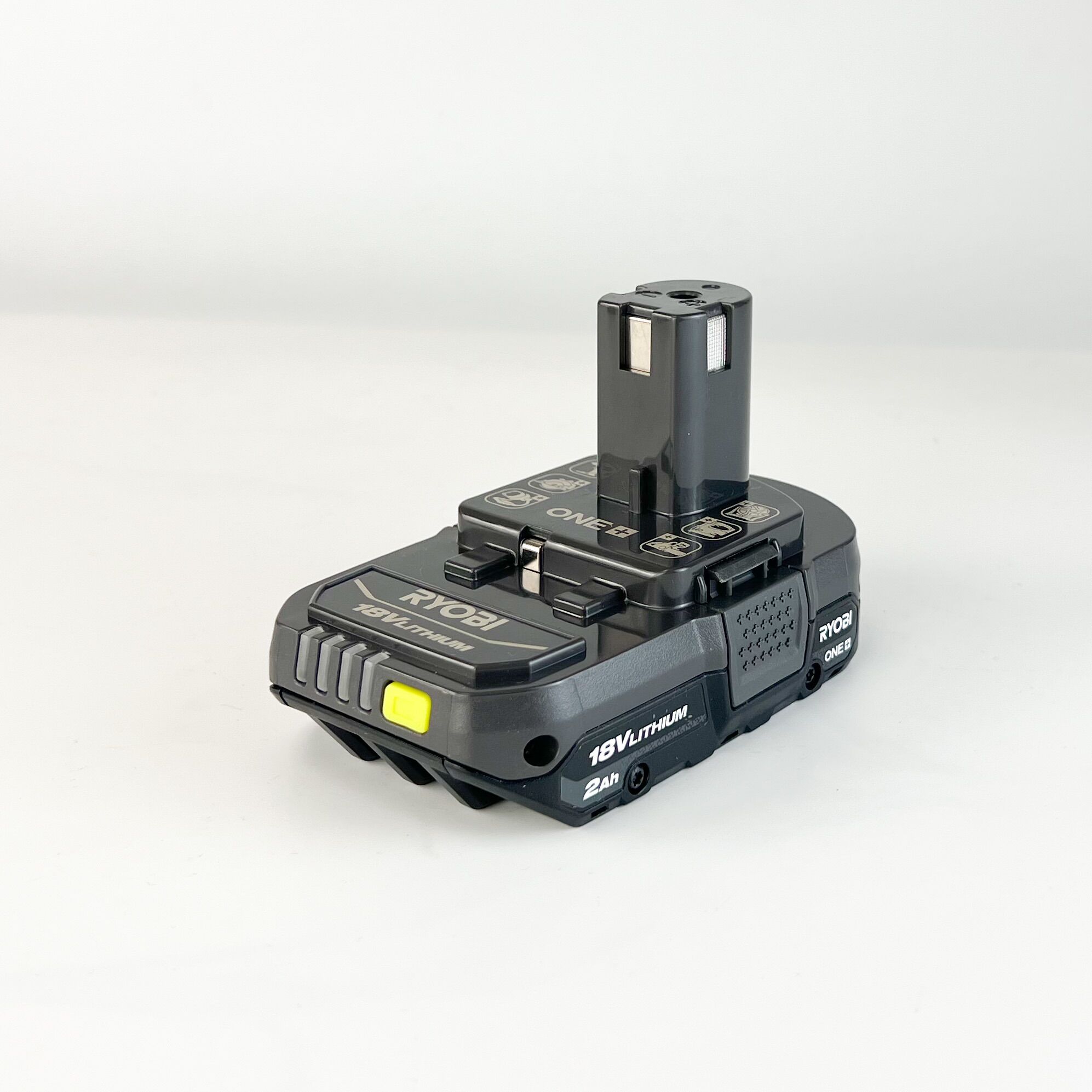
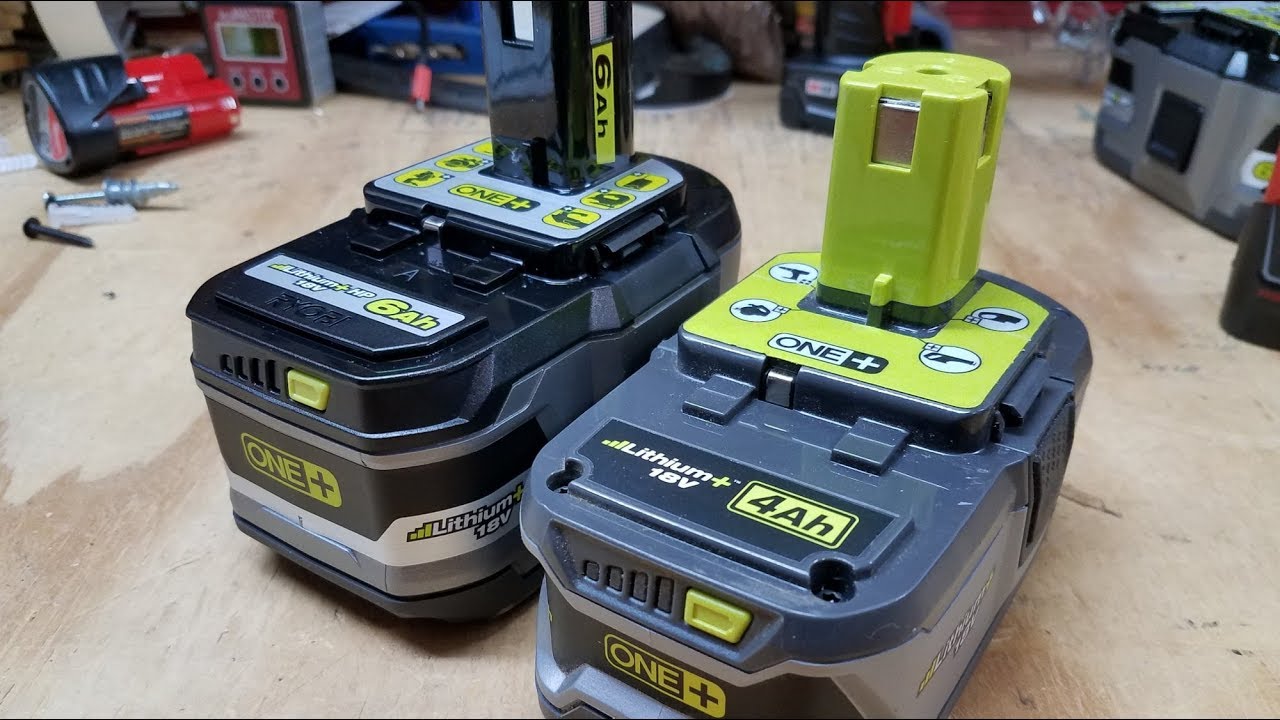
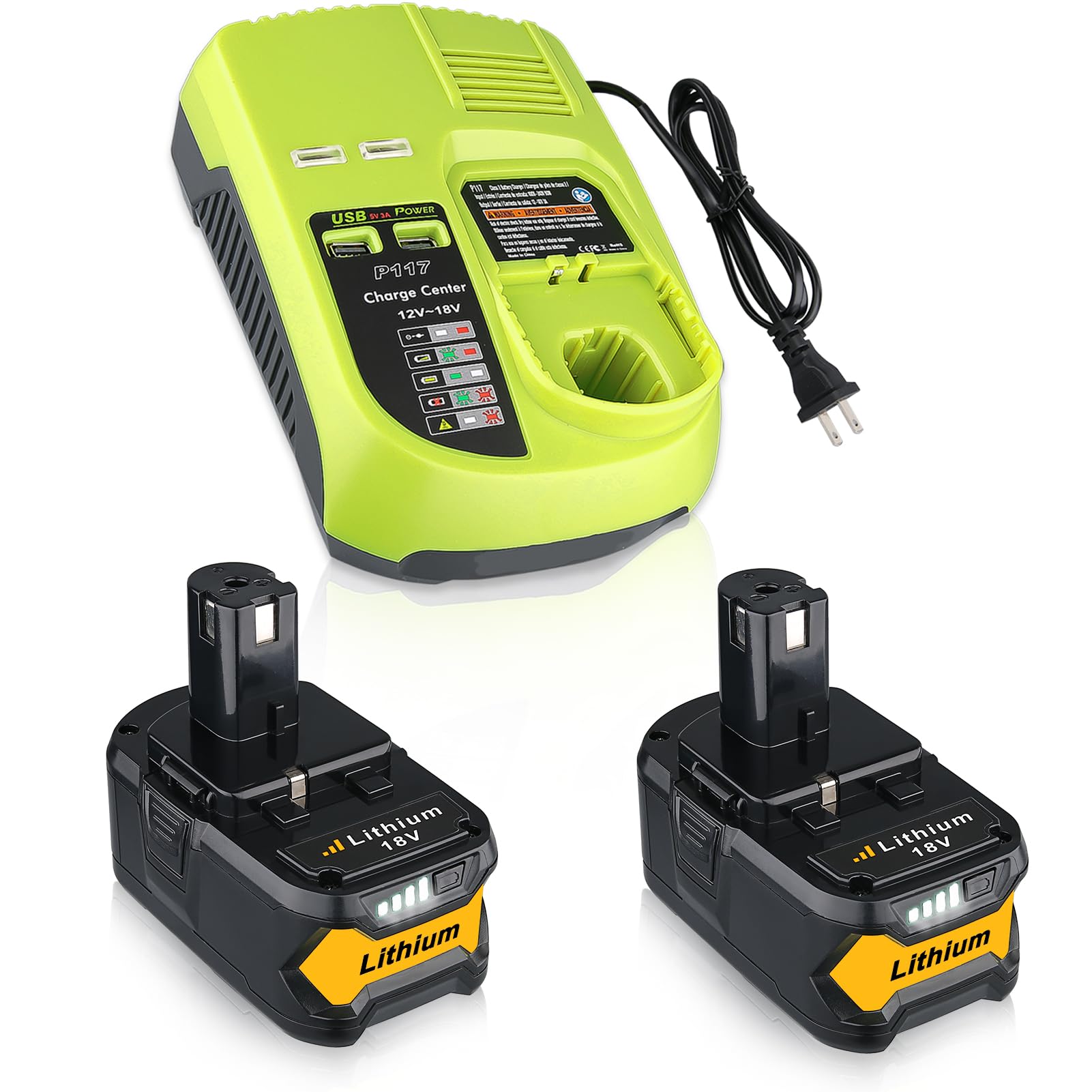
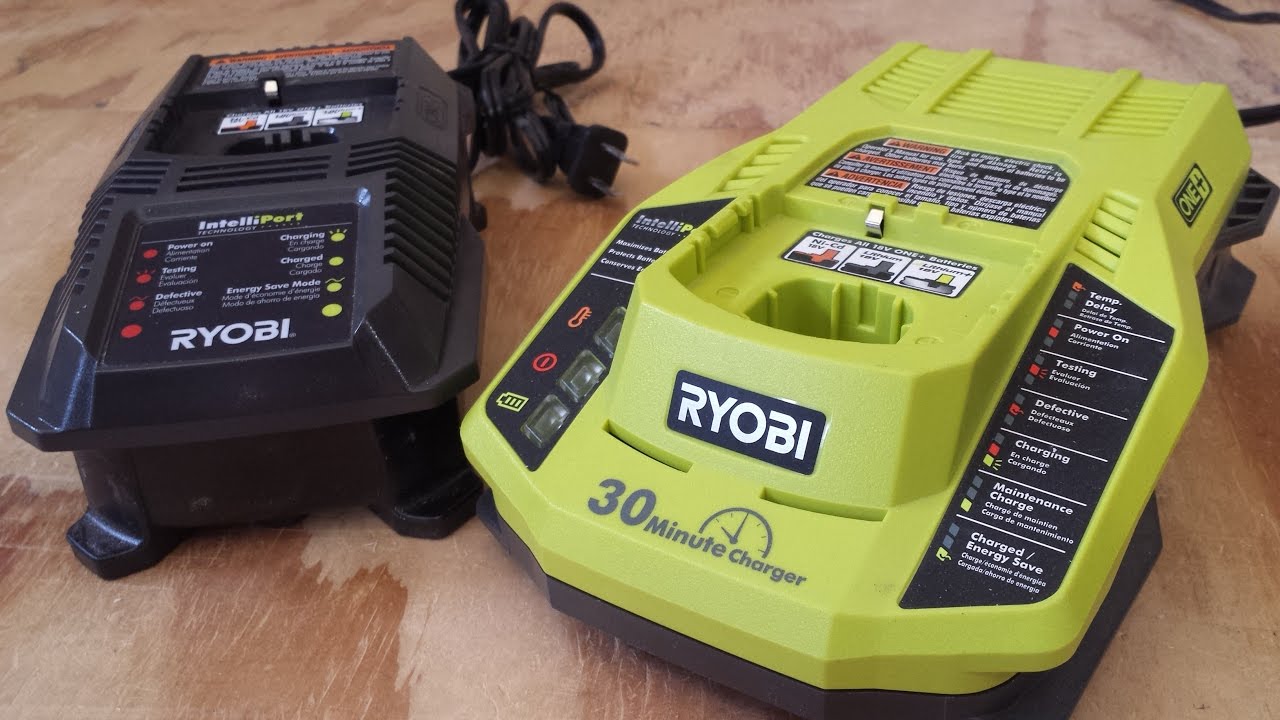
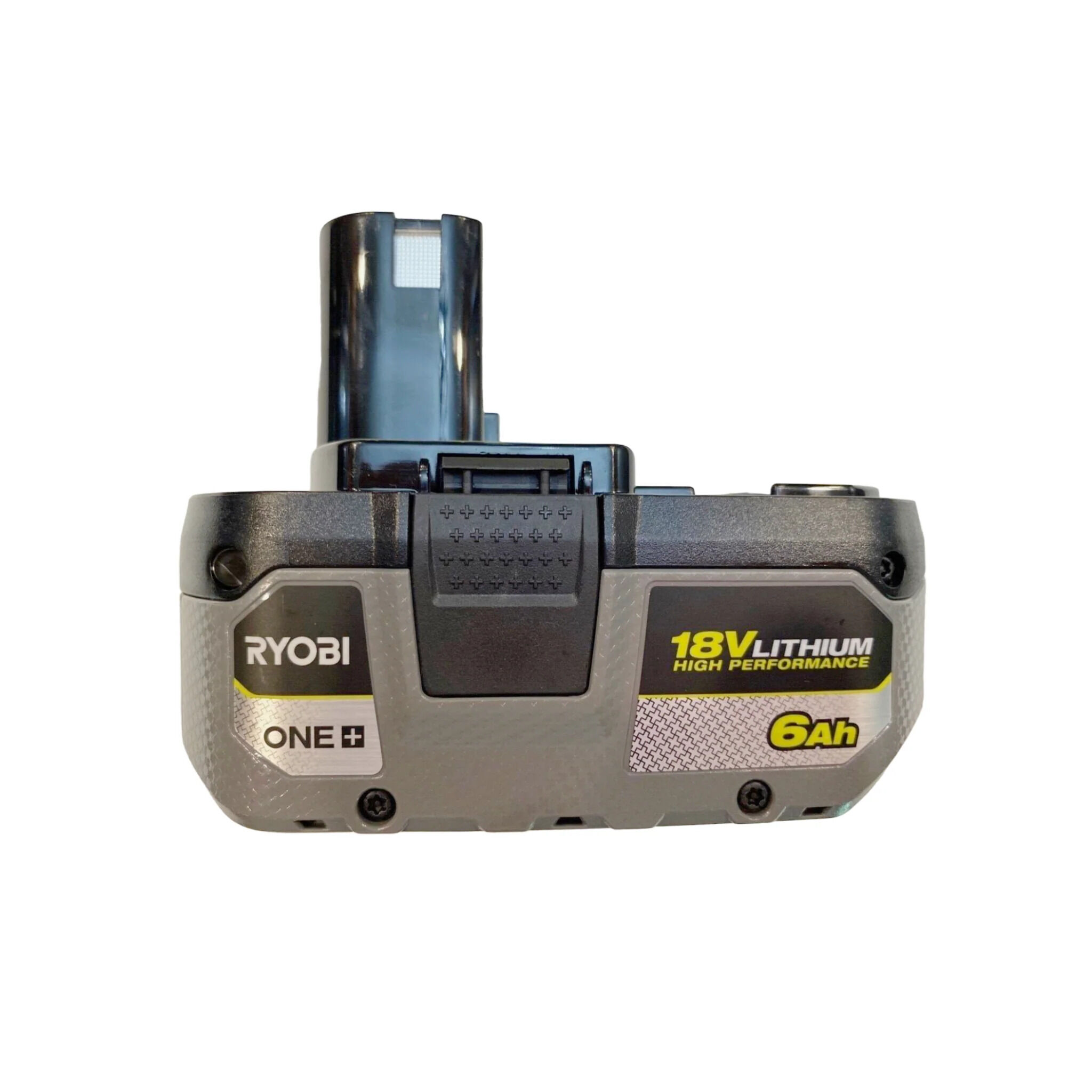
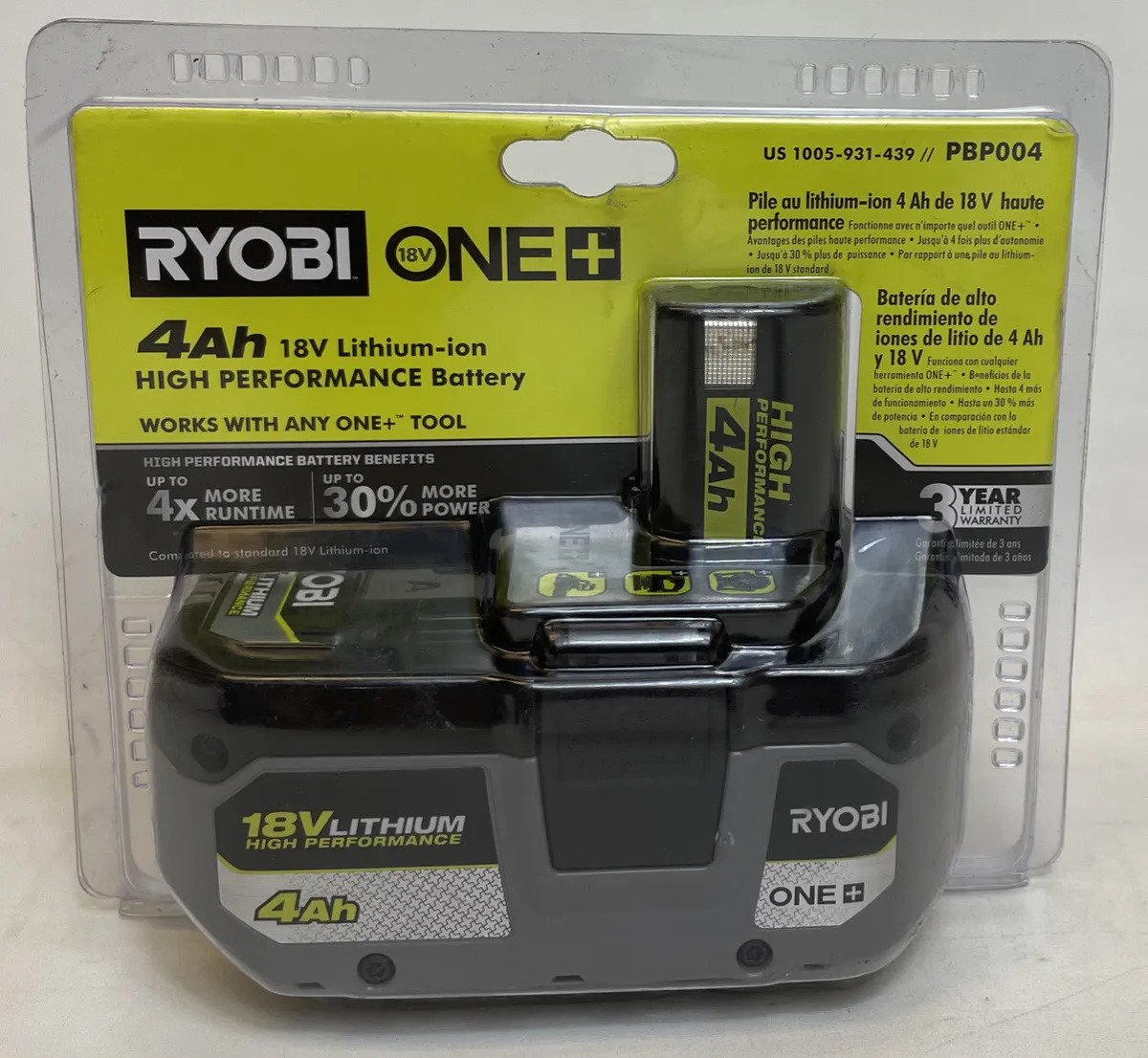
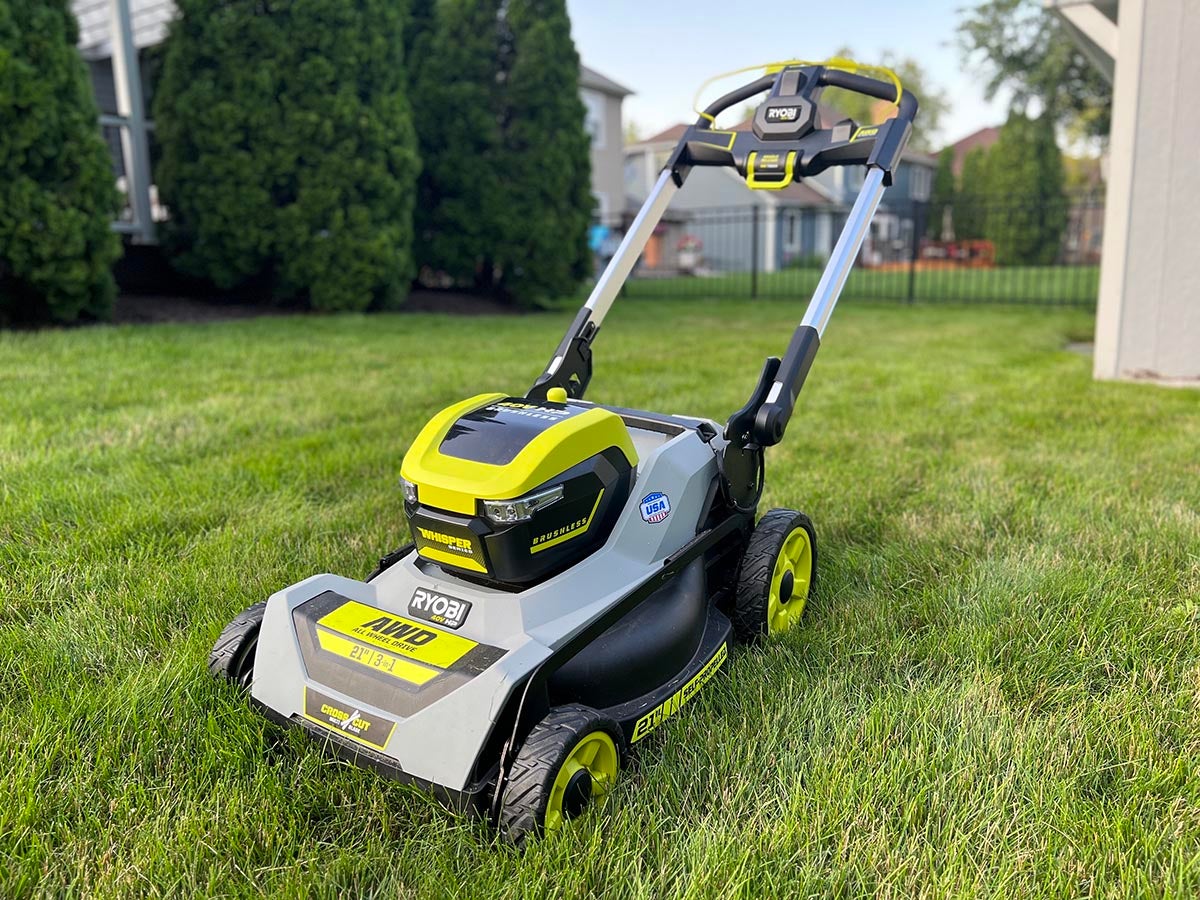

0 thoughts on “How Long Does It Take To Charge A Ryobi 40V Battery”